I have a original curve. I am developing a model curve matching closely the original curve. Everything is working fine but not matching. How to control the curvature of my model curve? Below code is based on answer here.
My code:
def curve_line(point1, point2):
a = (point2[1] - point1[1])/(np.cosh(point2[0]) - np.cosh(point1[0]))
b = point1[1] - a*np.sinh(point1[0])
x = np.linspace(point1[0], point2[0],100).tolist()
y = (a*np.cosh(x) + b).tolist()
return x,y
###### A sample of my code is given below
point1 = [10,100]
point2 = [20,50]
x,y = curve_line(point1, point2)
plt.plot(point1[0], point1[1], 'o')
plt.plot(point2[0], point2[1], 'o')
plt.plot(x,y) ## len(x)
My present output:
I tried following function as well:
y = (50*np.exp(-x/10) +2.5)
The output is:



